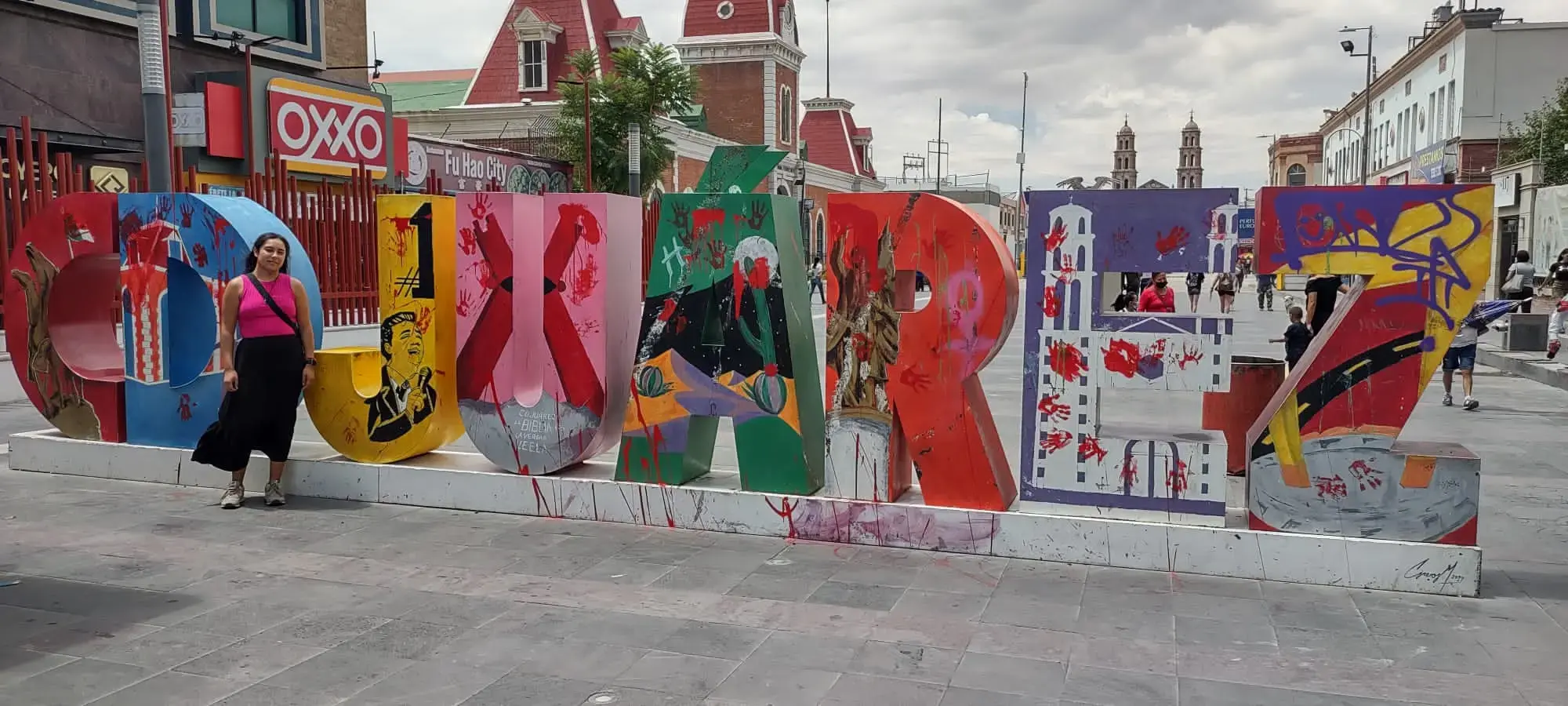The last time I was in Juárez, I was a teenager. More than 10 years later my perspective of the city has changed.

The last time I stepped foot in Ciudad Juárez, I was 14 years old. At the time, I didn’t quite understand how dangerous the city was for locals—especially women. The only thing I knew about was the heavy drug cartel presence.
I’d never thought I’d revisit Juárez. But at 23, I returned to the city for this reporting project.
Since I’d never seen the ‘sights’ of Juárez, my Aunt Aida and Uncle Isidro showed me around popular areas like the historical district near downtown. As my uncle informed me, this area is where women and girls would go missing. It’s the same area that 14-year-old Esmeralda Castillo Rincón was last seen when she went missing in 2009.
A poster with her picture stands in the exact spot where she went missing, with the words “Quieres saber lo que pasó aquí? (Do you want to know what happened here?)” written in white letters. The poster is a reminder that Esmeralda’s case and others like hers should not be forgotten.
Juárez has the name of the city spelled out in large, colorful letters for tourists to take pictures with. My aunt had suggested I take pictures in front of it, but noticed there was ‘graffiti,’ as she called it, on the letters. When I looked, it wasn’t graffiti, but rather a form of protest remaining from this year’s women’s march.
Red handprints covered the letters that were decorated with historical figures of Juarez. They symbolize women's frustration with the lack of action taken toward not just femicide cases, but all issues regarding women.
I had only seen this type of protest online, and seeing it in person struck a chord. Every activist I’ve spoken to for this project—while their experiences are different—all agree on one thing: They face the possibility of being next.
Returning from Juárez, I have a greater respect for the activists who overwork themselves to help give a voice to those no longer here. While I can return home to Syracuse, New York, Juárez’s women face this reality every day.








